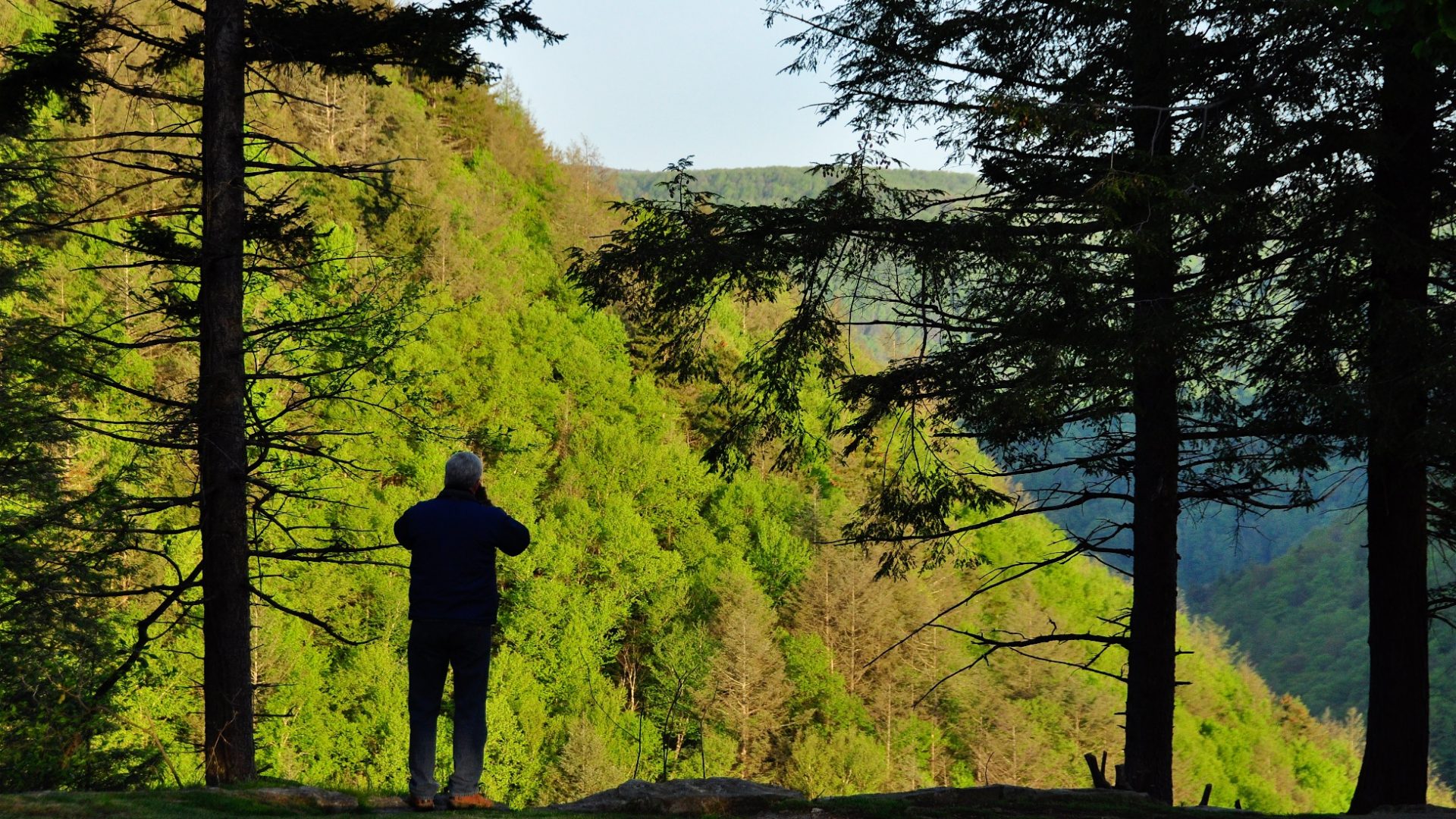“Although lead shot was banned for waterfowl hunting in 1991, its use in ammunition for upland hunting, shooting sports and in fishing tackle remains widespread.”
Twenty-four years after nontoxic shot requirements were established for hunting waterfowl, attention has shifted to lead poisoning in other species. These include upland game birds, avian scavengers (such as vultures, hawks and eagles) and other waterbirds that are exposed to lead through the ingestion of spent lead shot, bullet fragments and fishing sinkers.
Lead is a metal with no known biologically beneficial role, and its use in gasoline, paint, pesticides and solder in food cans has nearly been eliminated. Although lead shot was banned for waterfowl hunting in 1991, its use in ammunition for upland hunting, shooting sports and in fishing tackle remains widespread.
The most significant hazard to wildlife is through direct ingestion of spent lead shot and bullets, lost fishing sinkers, lead tackle and related fragments, or through consumption of wounded or dead prey containing lead shot, bullets or fragments.
Dr. Barnett Rattner, USGS contaminant expert comments, “The magnitude of poisoning in some species such as waterfowl, eagles, California condors, swans and loons, is daunting. For this reason, on July 1, 2008, the state of California put restrictions on the use of lead ammunition in parts of the range of the endangered California condor because the element poses such a threat to this endangered species.” Legislation was recently passed to extend the restrictions statewide. Thus, California becomes the first state to prohibit the use of lead hunting ammunition, which is to be phased out by July 2019.
Although lead from spent ammunition and lost fishing tackle is not readily released into aquatic and terrestrial systems, under some environmental conditions it can slowly dissolve and enter groundwater, making it potentially hazardous for plants, animals and perhaps even people if it enters water bodies or is taken up in plant roots. For example, said Rattner, dissolved lead can result in lead contamination in groundwater near some shooting ranges and at heavily hunted sites, particularly those hunted year after year.
Research on lead poisoning has been focused on bird species, with at least two studies indicating that the ban on the use of lead shot for hunting waterfowl in North America has been successful in reducing lead exposure in waterfowl. Other studies have found that upland game, like doves and quail, and scavenging birds, such as vultures and eagles, continue to be exposed to lead shot, putting some populations (California condors in particular) at risk of lead poisoning.
Some states have limited the use of lead shot in upland areas, others are considering such actions, and several states have restricted the use of lead fishing sinkers. Lead tackle is also banned on several national wildlife refuges and parks that have loon and swan populations. Environmentally safe alternatives to lead shot and sinkers exist and are available in North America and elsewhere, but use of these alternatives is not yet widespread.




